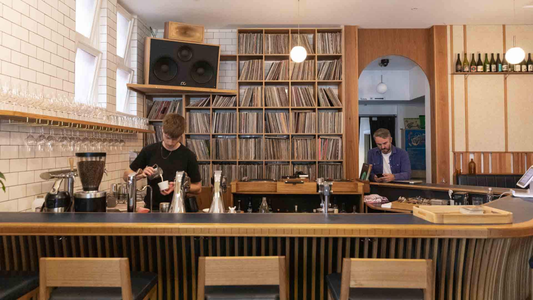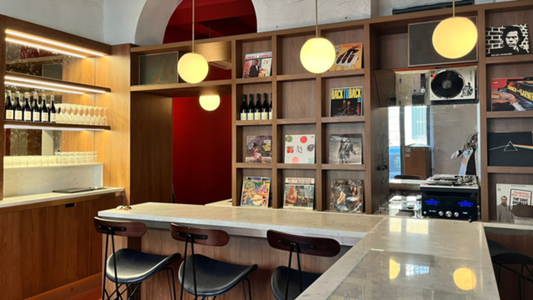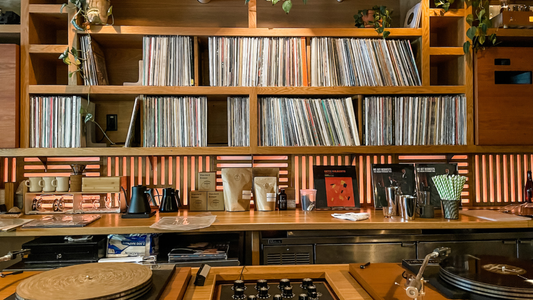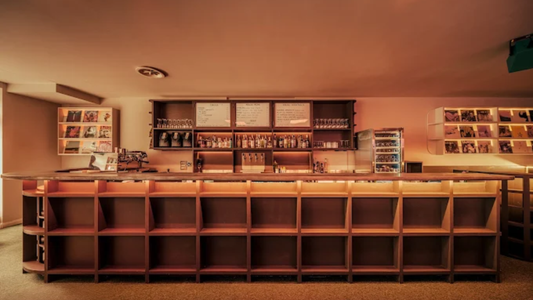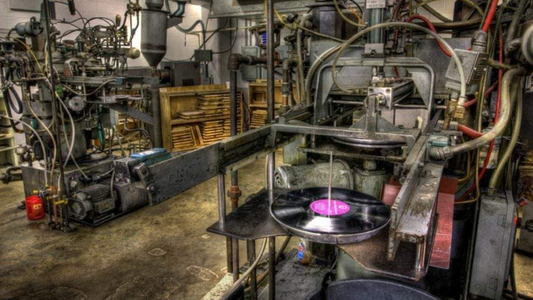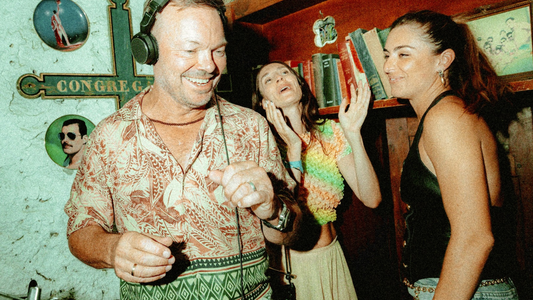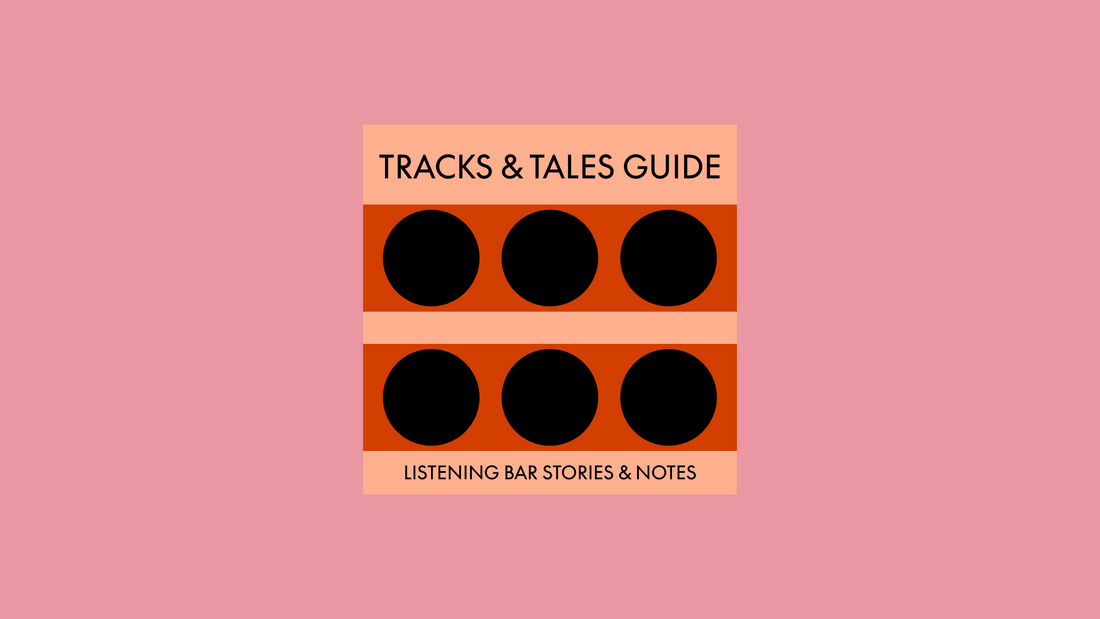
What Actually Happens Inside a Listening Bar?
Inside the quiet ritual where music becomes the architecture of the night.
By Rafi Mercer
You don’t walk into a listening bar. You arrive. The door feels like a threshold, and beyond it the city hushes. Step inside and the air recalibrates: softer, darker, often wood-panelled, with just enough glow from the bar to shape the silhouettes of glasses and bottles. Somewhere in the room, a record is turning — not as background, not as wallpaper, but as the central act around which everything else arranges itself.
This is the first thing that makes a listening bar different from any other: music isn’t the afterthought, it’s the architecture. Every decision, from the layout of the speakers to the grain of the floorboards, is designed to let sound breathe. The room itself is an instrument.
In a listening bar you can expect:
- Music as the main event — entire albums played through on high-end systems.
- Sound shaped by the room — acoustics designed so every note has weight and clarity.
- A quieter etiquette — voices hushed, distractions minimal, attention drawn to the record.
- Curated drinks — whiskies, wines, and cocktails chosen with the same care as the music.
- An unhurried pace — no playlists skipping around, just the patience of slow listening.
In a normal bar, music tends to chase you. Volume wars against chatter, playlists are chosen to keep the tempo brisk, the mix often flat and compressed. In a listening bar, the relationship reverses: here you go to meet the music, not to escape it. The DJ isn’t a hype man but a curator. They’ll let entire albums play, front to back, in order. No shuffling, no skipping, no sudden algorithmic turns. Just the patience of a full listening arc.
Take Tokyo, where the tradition began. In the post-war 1950s, jazz kissaten — “jazz cafés” — became sanctuaries for young Japanese fans who couldn’t afford to buy imported records but wanted to hear them in pristine detail. Proprietors invested in speakers the size of wardrobes, in reel-to-reel tape decks, in rare vinyl pressings. Conversation was low, sometimes even discouraged, so that the grain of a saxophone reed or the brush of a hi-hat could be heard without dilution. It was about fidelity, but also about reverence: the sense that listening itself was a social ritual.
That spirit still lingers today, whether in the basement bars of Shinjuku or the loft-like rooms of Brooklyn. Sit down and you’ll notice how sound is staged. Bass notes don’t rattle tables — they unfold, like pressure gently released across the body. Treble is never harsh, but glass-clear. Midrange carries the warmth of a human voice as if it were speaking just for you. To listen in such an environment is to remember that recorded sound has weight, depth, geometry. It isn’t just heard; it’s inhabited.
And what happens around it? The rituals are subtle but distinct. People order deliberately: a Japanese whisky poured with ceremony, a natural wine chosen as carefully as the records themselves. Friends lean closer, voices hushed. Others simply sit, alone or together, letting the record shape the mood. There’s no rush for the next track, no DJ pleading for energy. Instead, there’s a patience — the same patience that has all but vanished in the age of infinite skip buttons.
That patience is what truly separates a listening bar from the average cocktail spot. In most bars, music is seasoning; in a listening bar, it is the meal. The bartenders, the glassware, the lighting — all are accompaniments to the record. To be in such a space is to consent to slow down, to surrender to the idea that an album, played through, is not just entertainment but an experience.
What actually happens inside a listening bar? You listen. You really listen. You might discover a record you thought you knew, but in this setting it reveals itself differently. A piano chord lands with more gravity. A voice seems more human. Silence between tracks carries weight, like the pause in a great conversation. And suddenly, the bar itself — the strangers, the drinks, the night outside — feels threaded together by the music.
There’s a paradox here: nothing extraordinary happens, and yet everything does. People sit, drink, listen. But in a culture trained for constant motion and distraction, that act of shared stillness feels almost radical. The difference from a normal bar isn’t volume or playlist, but intent. The intent to give music the room it deserves.
So the next time someone asks what happens inside a listening bar, the answer is disarmingly simple. You enter, you order a drink, and you sit down. But what unfolds is something else entirely: a recalibration of how we hear, and perhaps, how we connect.
Quick Questions
What happens inside a listening bar?
You sit, drink, and listen — but with intent. Music is the centrepiece, not background, creating a shared ritual of slow listening.
How is a listening bar different from a normal bar?
In a normal bar, music chases conversation. In a listening bar, everything — from speakers to lighting to drink choices — is arranged around the act of listening.
Do people really stay quiet?
Yes, though not strictly silent. Voices are hushed, distractions are minimal, and the focus is on letting records unfold in full.
Rafi Mercer writes about the spaces where music matters. For more stories from Tracks & Tales, subscribe, or click here to read more.
